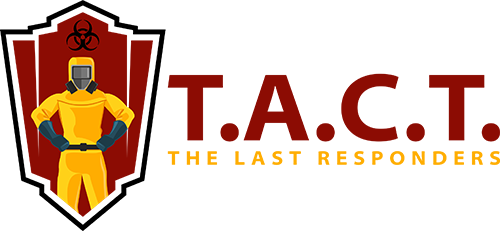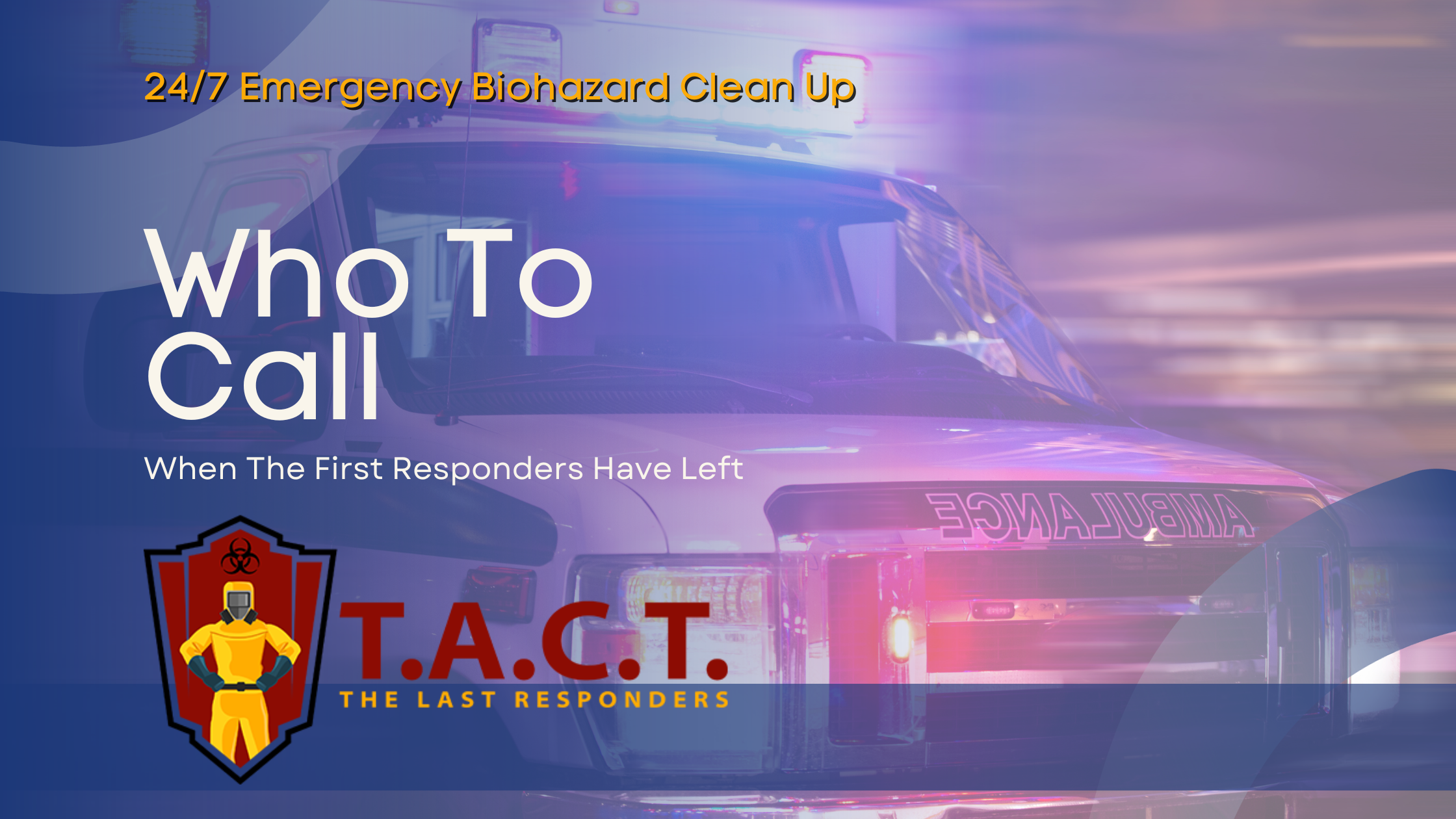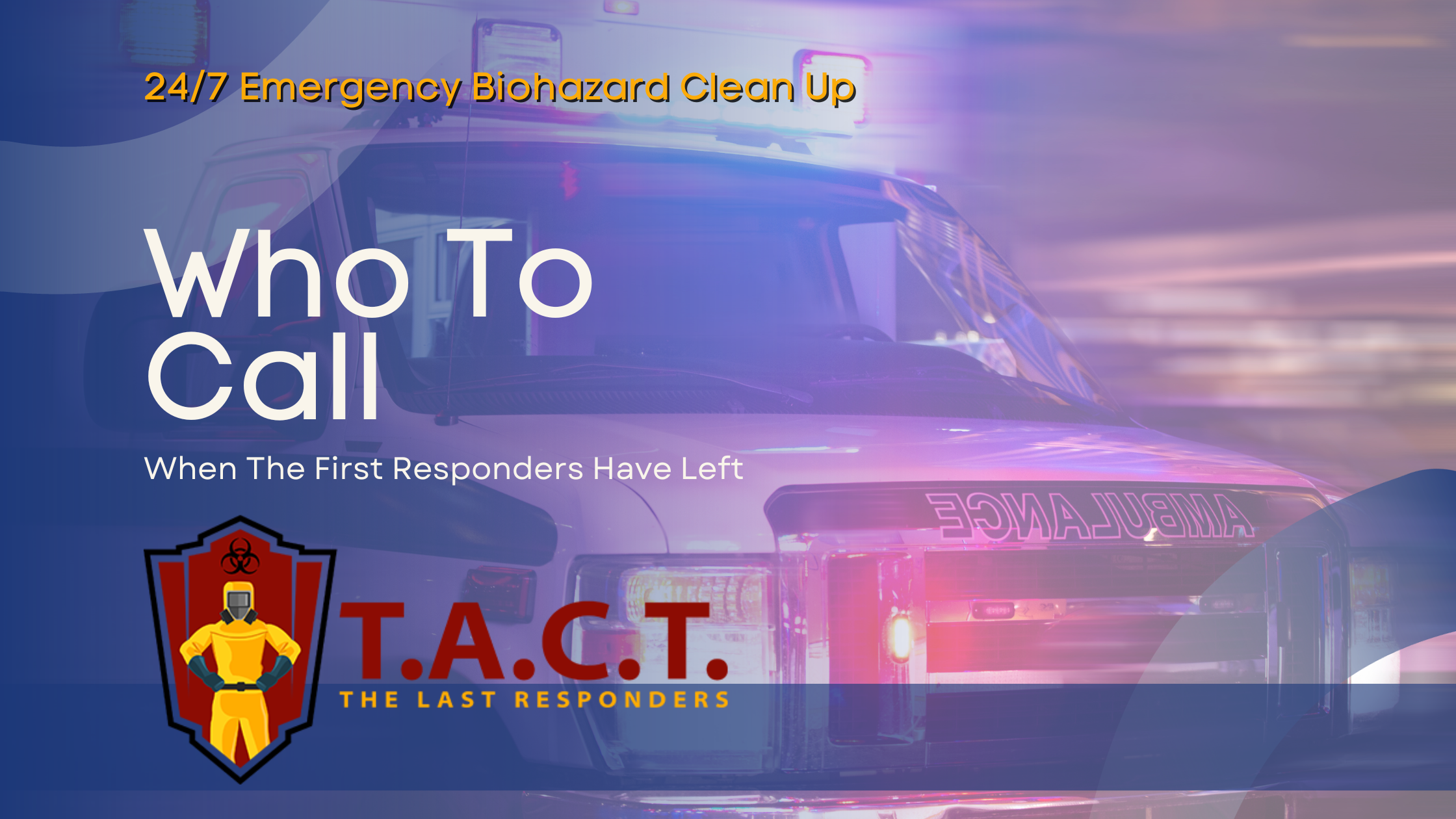Comprehensive Mold Testing & Removal Cost Guide
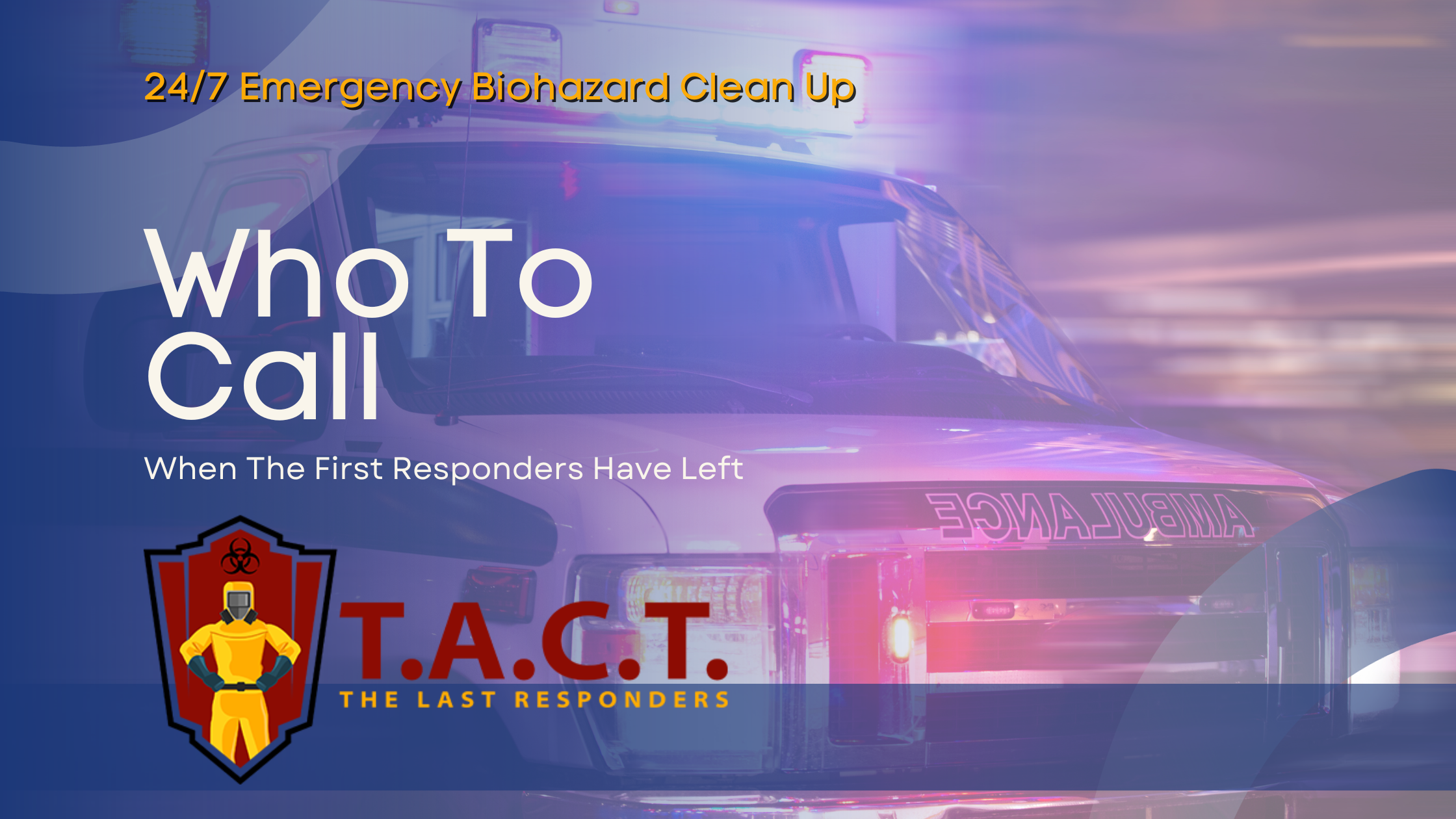
Understanding Mold Testing and Removal Cost: A Comprehensive Guide
Mold in your home is more than just an unsightly problem; it poses risks to your health, property, and overall quality of life. If left unchecked, mold can spread rapidly, causing respiratory issues, structural damage, and costly repairs. Whether you're noticing signs of mold, recovering from water damage, or buying a new home, understanding the process and costs of mold inspection and remediation is crucial.
This comprehensive guide walks you through everything you need to know about mold testing and removal costs, along with actionable steps to protect your home and health.
What Is Mold Inspection?
Definition of Mold Inspection
A mold inspection is a professional evaluation of your home conducted to confirm or rule out the presence of mold. During this procedure, specialized inspectors survey your property to determine the extent of mold growth and collect samples to identify the type of mold.
It's important to note that a mold inspection only diagnoses the issue—it doesn't include treatment. Proper remediation can only begin once the extent and type of mold are identified.
Importance of Mold Testing
Mold testing plays an essential role in understanding the scale of the issue and identifying the specific mold species present. Here’s why it matters:
- Pinpoint Problem Areas: Testing reveals the type and extent of mold growth.
- Guide Remediation Efforts: It helps determine the proper course of action for effective removal.
- Prevent Future Growth: Identifying the moisture source during inspection can prevent recurrence.
Types of Mold Samples Collected
- Surface Sampling
Inspectors collect samples directly from contaminated surfaces, such as walls, ceilings, or furniture. This is the most common testing method, costing approximately $50 per specimen.
- Air Sampling
Conducted indoors and outdoors, this method uses spore traps or canisters to collect airborne mold spores. Air sampling costs are generally three times higher than surface tests but provide a fuller picture of your home's air quality.
Factors Impacting Mold Inspection Costs
Several variables affect the overall cost of a mold inspection. Understanding these can help you budget appropriately while safeguarding your home.
1. Property Size and Type
The larger your home, the higher the cost of a mold inspection. Bigger spaces require more samples and testing to provide an accurate assessment. Additionally, commercial buildings often have higher costs than residential properties due to different levels of complexity.
2. Accessibility of Affected Areas
Mold hidden behind walls, under floors, or in other hard-to-reach places can significantly drive up inspection costs. Bathrooms and HVAC systems, which are common mold hotspots, also tend to require more extensive testing and higher expenses.
3. Number and Type of Samples Needed
If mold is suspected in multiple areas, more samples will be required, increasing the cost. Additionally, distinguishing between mold species or determining whether it’s toxic can result in additional lab fees.
4. Geographic Location
Mold inspection costs vary by region, with pricing often higher in humid, coastal cities that have a greater prevalence of mold issues.
Types of Mold and Their Impact on Costs
Common Types of Mold Found in Homes
- Alternaria
- Cladosporium
- Penicillium
- Stachybotrys Chartarum (Black Mold)
Each type of mold has unique characteristics, and its removal will vary in complexity and cost. For instance, black mold is more hazardous and requires specialized handling, increasing costs considerably.
How Mold Affects Remediation Costs
High-risk molds, such as Stachybotrys, demand extensive protective measures, specialized training, and longer removal times, making the remediation particularly costly.
When to Get a Mold Inspection
Key Indicators
Be proactive about mold inspection if you notice any of the following signs in your home:
- Visible Mold Growth: Even small patches can quickly spread if left untreated.
- Musty Odors: A persistent smell often indicates hidden mold.
- Health Issues: Symptoms like coughing, sore throat, or respiratory troubles could hint at mold exposure.
Post-Water Exposure
Water damage or flooding significantly increases the risk of mold growth. Post-event inspections can detect and address potential issues before they escalate.
Home Purchase or Sale
Both buyers and sellers stand to benefit from mold inspections. Buyers ensure the property is safe, while sellers demonstrate transparency and maintain property value.
DIY Mold Inspection vs. Hiring a Professional
Disadvantages of DIY Mold Inspection
Although DIY mold testing kits are affordable, they often fail to detect hidden mold or different species, resulting in incomplete or unreliable results.
Advantages of Hiring a Professional
Professional mold inspectors use advanced tools and techniques to deliver accurate results, ensuring effective remediation and prevention.
Understanding Mold Remediation Costs
Average Costs
Mold remediation costs typically average $2,361 in the U.S. However, depending on severity, costs can range from $373 to $7,000. For larger areas, pricing is typically calculated at $2.50 to $25 per square foot.
Factors Affecting Costs
- Extent of Contamination
- Type of Mold
- Location of Affected Areas
Professional assistance is highly recommended for larger infestations to prevent recurring issues and health risks.
The Mold Remediation Process
Professional remediation includes the following steps:
- Containment of the affected areas.
- Removal and disposal of mold colonies and contaminated materials.
- Cleaning and decontamination of impacted surfaces.
Preventing Future Mold Growth
Common Causes
Moisture from leaks, floods, or poor ventilation is the primary driver of mold growth.
Prevention Tips
- Fix leaks and address moisture issues promptly.
- Use a dehumidifier in damp areas.
- Ensure proper ventilation throughout your home.
Health Risks of Mold Exposure
Mold can cause severe health issues, including:
- Respiratory problems.
- Allergic reactions.
- Skin irritation.
If you or your family experience persistent symptoms, consult a professional to check for mold.
Save Money on Mold Remediation
- Use Preventive Measures Regular maintenance and moisture control reduce the need for costly remediation.
- Opt for Lower-Cost Testing DIY kits are suitable for minimal growth, but professional inspectors provide more accurate analysis.
Partnering with Professionals
Selecting the right mold remediation company is vital. Ask about certifications, experience, and guaranteed results before hiring. Doing your research ensures a safe and thorough cleanup.
Protect Your Home and Health Today
Mold may start small, but its impact isn’t. Prioritize mold testing and remediation to maintain a safe, healthy environment for your home and family. From pinpointing hidden mold to removing it effectively, investing in professional services provides peace of mind and protects your property in the long run.
Take action today—schedule your inspection and secure your home’s safety.
Latest news
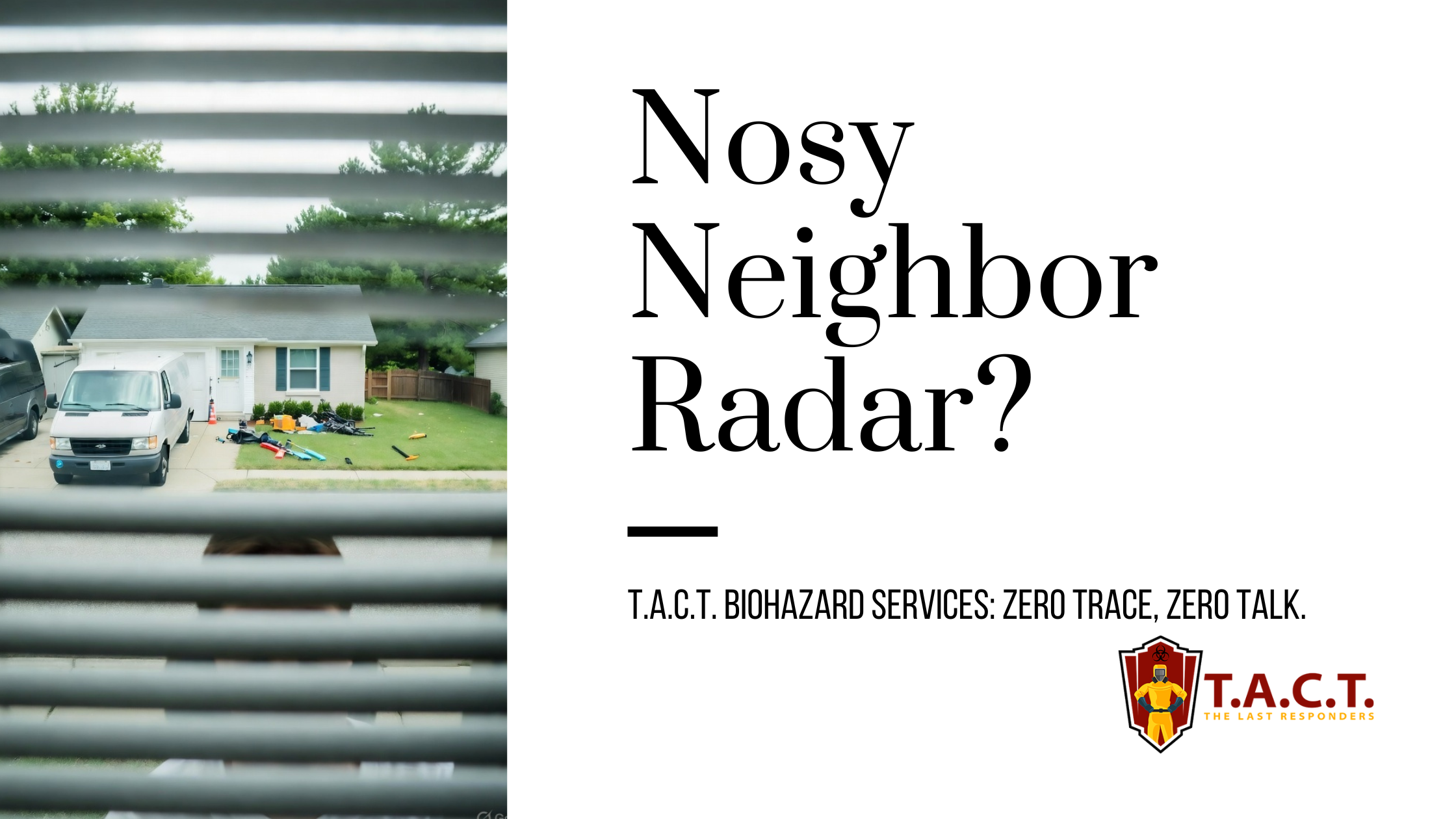
Nosy neighbors peeking? T.A.C.T. North Atlanta offers discreet biohazard remediation for rodent infestations, mold, hoarding, and more. Unmarked vehicles, quiet experts, full privacy—24/7 service at 470-781-4775.
Read More